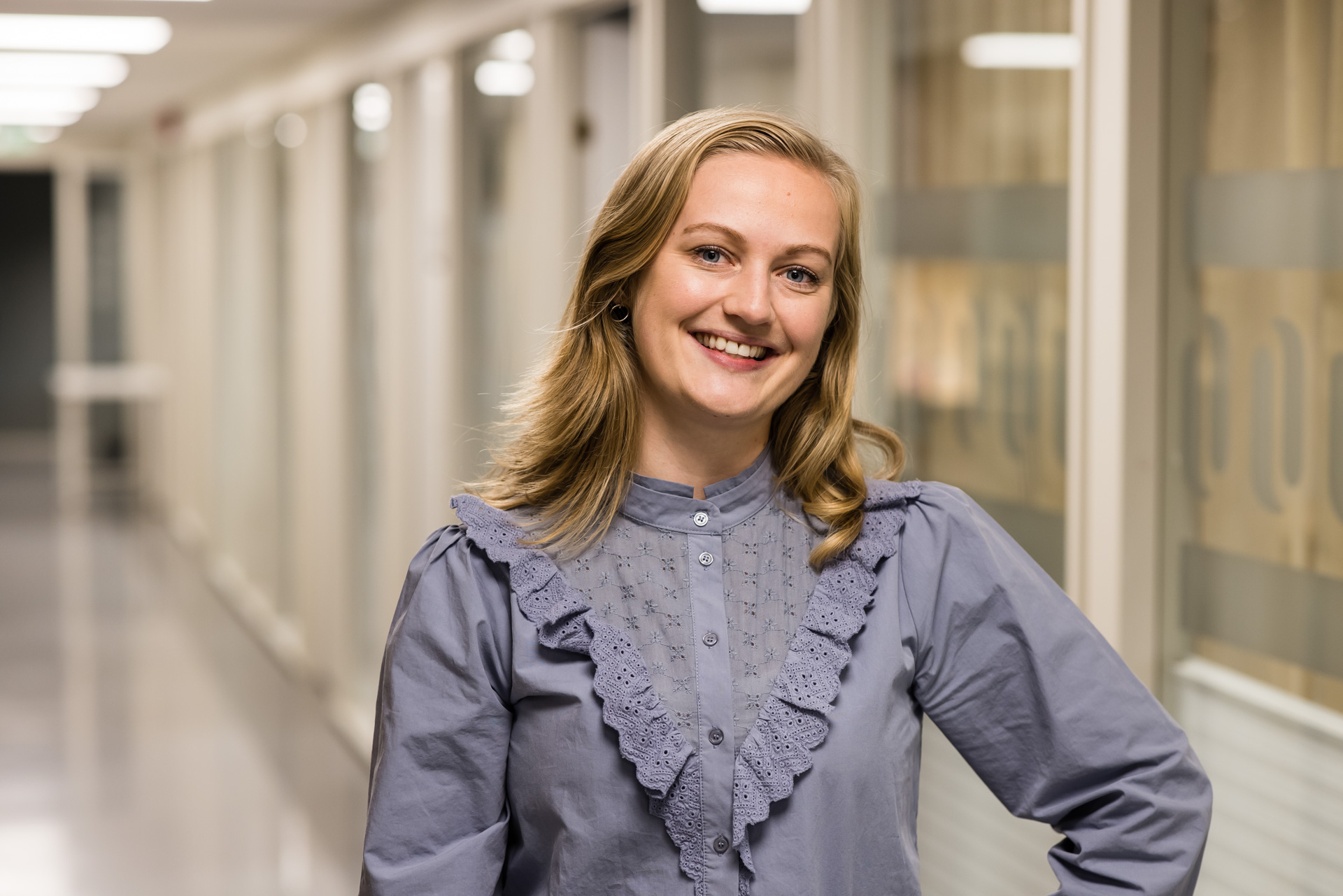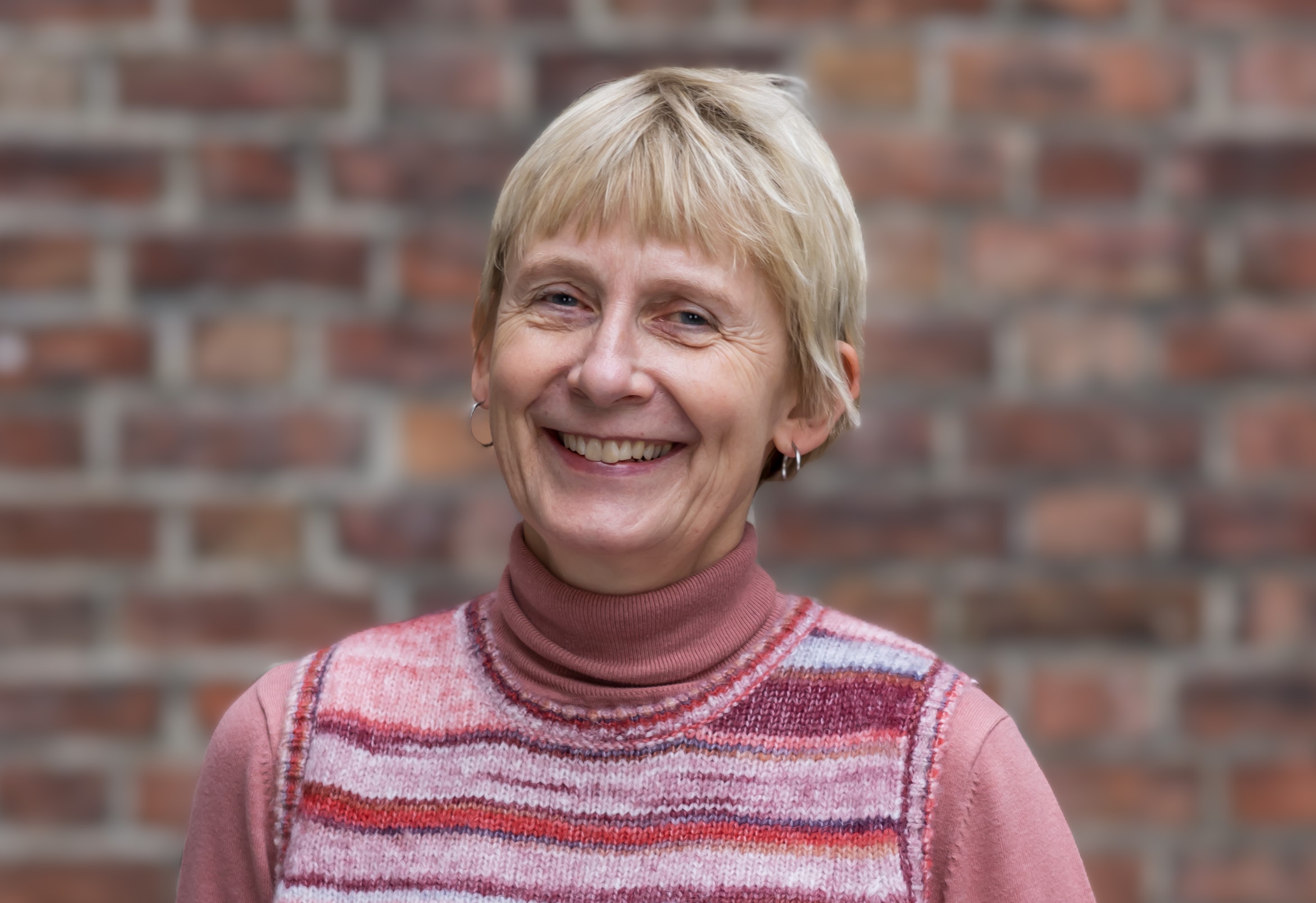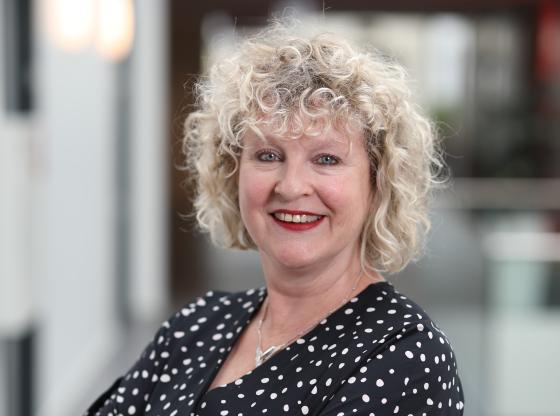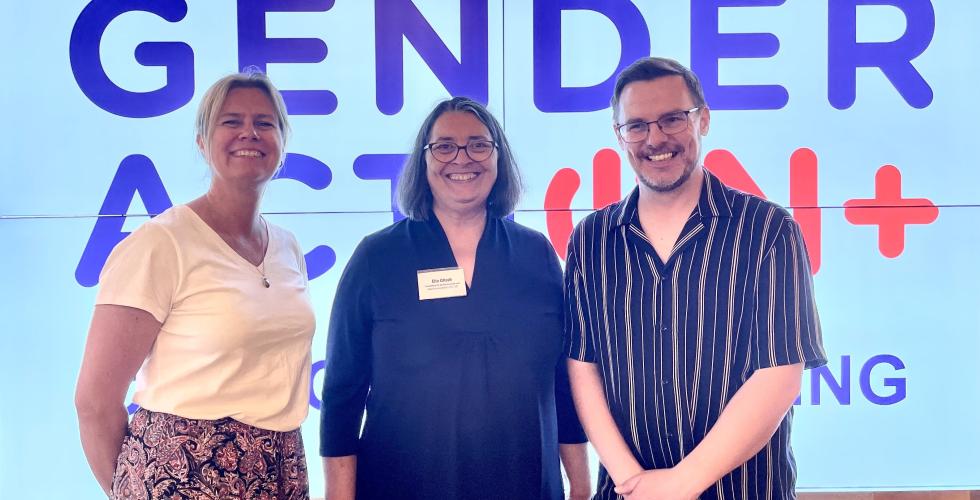Equality is about more than just gender
How can we work intersectionally? We could, for example, investigate where male and female students with an immigrant background end up in their education," says professor Yvonne Benschop.
During the past couple of decades, intersectionality has played an increasingly influential part in our understanding of discrimination. Professor Kimberlé Crenshaw coined the term in 1989, based on a metaphor of standing at an intersection with cars coming from multiple directions.
In the same way, an individual may experience several forms of discrimination at the same time, based on, for example, their gender, skin colour and sexual orientation, and these may intertwine into complex issues.
Universities, university colleges and large parts of the research sector have a legal duty to work intersectionally, but do they?

The law must be applied more diligently
The Equality and Anti-Discrimination Ombud (the Ombud) works with all the forms of discrimination outlined in the Act but finds that not all public institutions are aware of the breadth of the legislation. LDO considers "intersectionality" to mean working with more forms of discrimination than just gender.
The Ombud uses the term compound discrimination to describe being faced with multiple forms of discrimination at the same time.
“Many people don’t realise that the legal duty to prevent discrimination also applies to compound discrimination,” says Martine Guntveit, senior adviser at the Ombud.
“This may be, for example, a person with a minority background who also has a disability.”
The Equality and Anti-Discrimination Act states that public authorities in all their activities make active, targeted and systematic efforts to promote equality.
The forms of discrimination in Section 6 of the Act are: "gender, pregnancy, leave in connection with childbirth or adoption, care responsibilities, ethnicity, religion, belief, disability, sexual orientation, gender identity, gender expression, age or combinations of these factors".
The Ombud would like it more widely known that the legal duty to work with compound discrimination also applies to universities and university colleges.
In its consultation response to the new University and University College Act from 2020, the Ombud argued that the obligation to work for equality and against all forms of discrimination should be enshrined in the University and University College Act. That did not happen.
“We recommend that universities and university colleges include all forms of discrimination from the Equality and Anti-Discrimination Act in their existing action plans,” says Guntveit.
“Our experience is that universities and university colleges already work well with action plans for gender equality.”
Guntveit proposes that institutions map how individual research communities or institutions work with various forms of discrimination, and the barriers people may experience.
More than gender
The Ombud considers it unfortunate that the new University and University College Act does not highlight that equality is about more than just gender. They argue that the sector should be working even more closely to combat significant forms of discrimination, such as ethnicity, disability and sexual orientation.
Although higher educational institutions have a legal duty to work with all forms of discrimination in accordance with the Equality and Anti-Discrimination Act, the Ombud finds that this is not an Act the sector refers to in its day-to-day work.
“It's very understandable, but also rather unfortunate,” says Guntveit.
“This is why we lobbied for the University and University College Act to reflect the broader definition of equality. That may have made it easier to work with more forms of discrimination and intersectionality.”
“That said, we know that many people in the university and university college sector are very concerned with equality and do a lot of good work in that respect, including with other forms of discrimination, despite these not being explicit in the Act.”
A more fine-grained analysis
Yvonne Benschop is a professor at Radboud University in the Netherlands specialising in gender and diversity in organisations. She has worked on how issues with intersectionality can impact workplaces, for example by not taking into account certain forms of discrimination.
This also applies to the research sector.
“When we analyse reports of discrimination from universities, we often find they relate to gender, ethnic background or failing to accommodate people with disabilities,” says Benschop.
“The problems are not always perceived as complex, but I think it's important that we start treating them as such. Intersectionality allows us to carry out a more fine-grained analysis of the issues, which is what we need to find solutions.”
She explains that there are several possible approaches to intersectionality. Some researchers study a specific group that are at the crossroads of multiple intersections, and how this affects them. For example, Benschop's research team has conducted research on female entrepreneurs in the Netherlands with an immigrant background.
The same approach can be used in higher education. For example, we can study where male and female students with an immigrant background end up in their education or look at the experiences of queer staff with disabilities..
When asked what measures are used to solve intersectional issues, Benschop answers: “none, yet”.
“We talk about it at universities and we think it's important, but so far, wherever I look, universities continue to use different and distinct measures for different groups,” she explains.
“In some institutions, they experiment with specific areas that affect certain groups. From a researcher perspective, for example, you could look at different measures to promote women's careers, and then try to assess what these measures will mean for women with immigrant backgrounds, or queer women.”
“Asking these types of questions is one way we can start using intersectional theory. The theory is already decades old but translating intersectional analyses into policies and putting them into practice has not been easy.”
Privilege and disadvantage go hand in hand
Intersectional theory tells us that inequalities are not isolated. They are in fact intertwined and result in complex challenges.
Benschop would recommend that universities and colleges look at who is marginalised at their institution and work purposefully with them, while also looking at positions of privilege.
Some "intersections" also lead to positions of privilege, and privilege and disadvantage often go hand in hand. White women who experience gender discrimination may also experience privilege because of their skin colour.
Benschop believes that action needs to be taken at all levels of administration.
“We first need to educate people about the issues so they can consider how we can even out the disparities,” she says.
“The universities need to introduce new and innovative measures that do not reproduce the disparities we see today.”
“It’s not easy and it will take time, so my advice would be to contact those who are already working with intersectionality.”
“This is the new frontline in equality work everywhere in the world, and there are many organisations trying to work with these issues. There is no doubt that universities and colleges can find the help they need.”

Unsure of their own problems
Last year, results from a research project conducted at the University of Oslo (UiO) were published. The project looked at intersectionality, and the goal was to get an overview of what inhibits and promotes diversity and inclusion at the university.
UiO has specific plans to follow up results from the project, both in terms of measures and further research, says Beret Bråten, research director at Fafo Institute for Social Research. She consider the project as beneficial, as in her experience, work to counteract discrimination is often marred by uncertainty.
“I find that the university and university college sector is uncertain about the problems faced at their own institution and thus how to approach efforts to promote diversity and inclusion,” says Bråten.
“Many people have some idea of how best to work with intersectionality on a theoretical level but are still unsure about its practical implementation. It’s therefore crucial to find out what challenges exist.”
Bråten finds that working with equality and discrimination is not always the top priority at universities and university colleges:
“Everyone is in favour of equality, diversity and inclusion, but these issues are rarely given top priority.”
“Universities and university colleges are complex systems, a hive of activity where these issues are not always that visible. These issues rarely reach the top of the priorities list.”
Blind spots
Bråten explains that educational institutions have been working with gender equality for a long time. Changes have been made and it's easy to think you've almost achieved your goal, but a lack of knowledge about other forms of discrimination means they remain less visible.
“The majority of people just don't see the challenges faced by minority groups in their everyday lives,” says Bråten.
“We don't realise how ubiquitous microaggression is, one form of everyday discrimination. If you’re not in a wheelchair, for example, you know little about the experiences of wheelchair users, so universities and university colleges may think they’re already doing a pretty good job of inclusion.”
That's why it's important to have representation, with different minority groups actively involved in the work against discrimination, Bråten believes. That way, we can get a better overview of the challenges relating to intersectionality.
“Universities and university colleges need to carry out research in order to understand what it’s like being in other people’s shoes,” she concludes.
“It's essential to take action when people are facing discrimination and don't have equal opportunities. If not, we will lose those people, their skills and resources.”
The KIF secretariat is leading the work package intersectionality and inclusion in the GENDERACTIONplus project, funded by Horizon Europe.
In May 2023, a report on legislation and policies relating to the work on multiple forms of discrimination and intersectionality in Europe was published. Several KIF members sat on one of the reference groups.
Read the report: Benchmarking report on terminology and policy on intersectionality and the news article about the report
Based on the report’s findings and various insights from the process, the KIF secretariat is now drawing up recommendations.
These will be important to the work of the European Research Area (ERA) policy agenda 5 on gender equality, as well as the development of the ERA policy agenda 2025–2027.
The recommendations should be completed in January 2024.
The Equality and Anti-Discrimination Ombud (The Ombud) emphasises that the university, university college and institute sector must work for equality on all forms of discrimination outlined in the Equality and Anti-Discrimination Act.
Martine Guntveit from the Ombud recommends a four-step methodology:
- A situational analysis of different forms of discrimination.
- Identify causes.
- Implement measures.
- Evaluate the measures.
Film series on action plans
The KIF Committee has made three films about why and how, and the key success factors behind action plans and efforts to promote gender equality and diversity.




